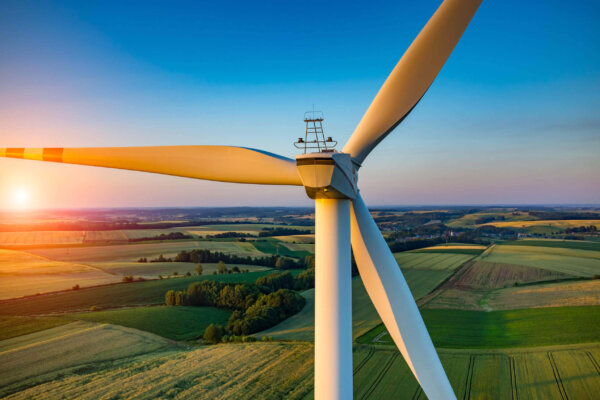The Transition Plan Taskforce (TPT) – a UK Government body designed to guide and develop private sector net zero transition plans – has unveiled its “gold standard” Disclosure Framework and Implementation Guidance1. The TPT’s new disclosure framework is designed to align seamlessly with internationally recognised reporting frameworks and standards, and will provide clear guidance for organisations to support their long-term emission reduction objectives. It will encourage businesses to adopt holistic strategies for their transition plans, critically evaluating their climate-related impacts across their value chains.
The TPT is expected to release more information on when climate transition plans will become mandatory, with the expectation that organisations will be required to begin accounting in January 2025 for reporting to start in 2026.
This comes as The Taskforce on Nature-related Financial Disclosures (TNFD), an international initiative providing recommendations to governments, have recently finalised 14 new recommended disclosures, with a focus on mitigating the effect businesses have on biodiversity, climate change and human rights2. These will encourage businesses to engage in comprehensive environmental reporting, and to integrate nature-related considerations, risks and dependencies into their corporate decisions.
Although currently voluntary, there’s a possibility that these TNFD recommendations could become mandatory – similar to the way that the Task Force on Climate-related Financial Disclosures (TCFD) requires large UK businesses to disclose their climate-related data. Because of that, it’s worth keeping your business up to date with the latest reporting requirements and how this will impact current and future environmental strategies. The TNFD’s new recommendations and the TPT’s “gold standard” Disclosure Framework will both present opportunities for UK businesses to enhance the quality of their sustainability reporting and better align with broader climate goals.
To learn more about The TPT’s “gold standard” Disclosure Framework and Implementation Guidance, you can visit their website. If you’d like to read the TNFD’s new recommended disclosures, you can click here.


